Rapid Response Team
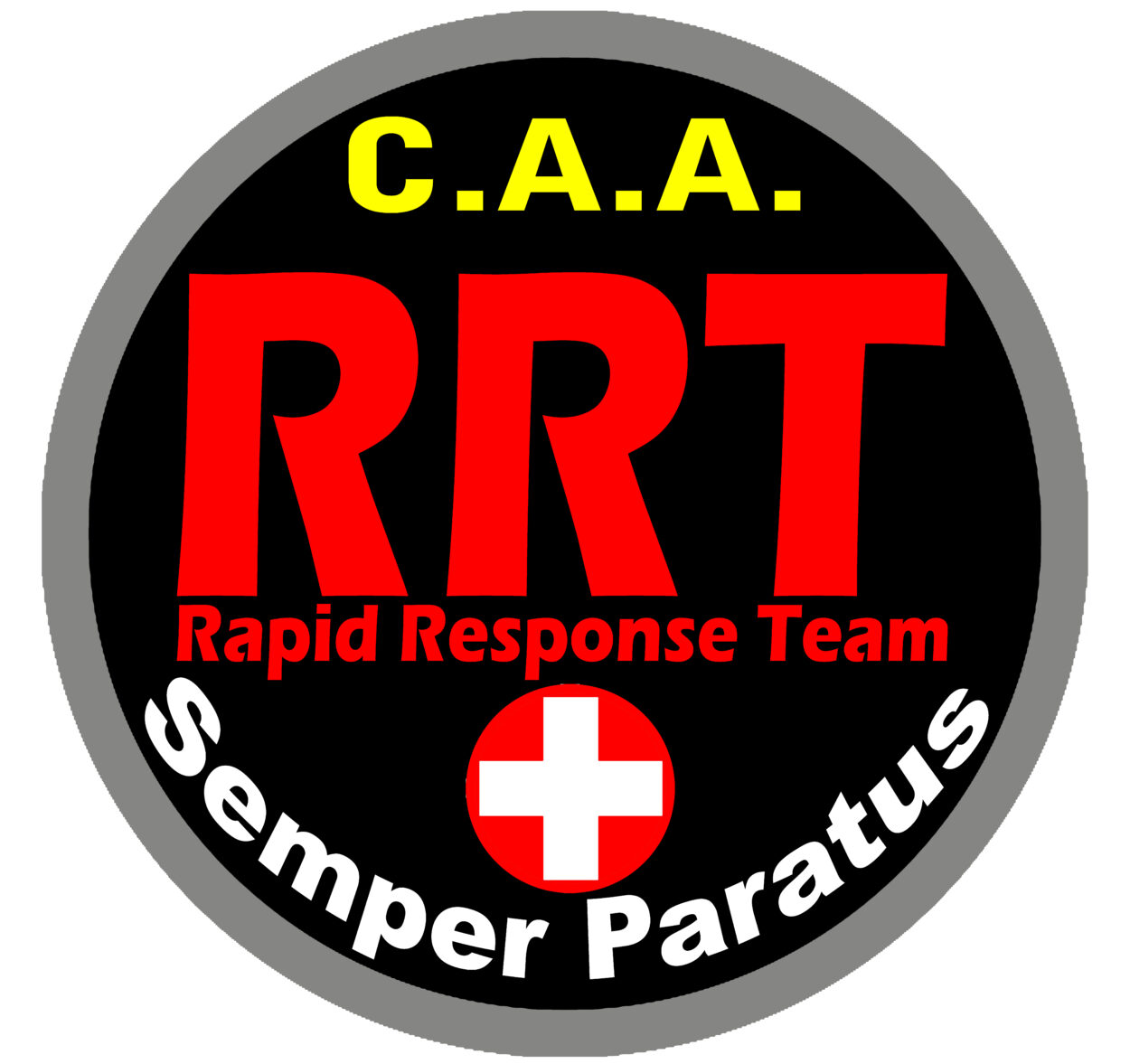
The Rapid Response Team (RRT) is a program under Emergency Response operated as a Joint Command Entity whose mission is to provide elite Sector and unit-based multi-discipline (often Ad-Hoc) rapid deployment quick response teams that are capable of responding to emergency situations and incidents as the initial response. RRT units must be ready to deploy within 1 hour of being alerted and must be able to sustain themselves for up to 24 hours unsupported. At the Team level RRT units typically have a primary specialty or focus, but above the team level units are multi-discipline. In addition to their primary role or focus, RRT personnel must get and maintain Responder 4 or higher, and are additionally cross-trained as Pathfinders.
The Program
Rapid Response Team (RRT) units often work with CERT teams, including Central Aid Agency CERT, but receive more advanced training and certifications. Minimum basic training for RRT includes attending the Basic Disaster Academy and being fully crossed trained in wilderness Search And Rescue, in addition to having a particular role or specialty. Rapid Response Team personnel are also trained and certified in first aid and CPR. All team members must complete Incident Command System (ICS) 100, 200, and 700 as a mandatory minimum requirement for joining. They are also strongly encouraged to become certified as amateur radio (ham) operators.
RRT units actively participate in training and drills and frequently work with other local agencies involved in disaster and emergency response. RRT units regularly work with Eugene/Springfield CERT, Lane County Community Organizations Active in Disaster (COAD), and Lane Community College Campus CERT program. A secondary goal of the program is to increase local community readiness, as well as be active in outreach having to do with disaster response and preparedness. RRT units train at least once every month, and currently have deployment agreements with several local emergency response organizations including local government entities.
The Sector 2 Rapid Response Team program consists entirely of Dedicated and Ad-Hoc units. All current RRT units are part of Emergency Response Force 1 in Sector 2. The unit has Type 3 Hygiene Requirements, and is made up entirely of volunteers. Because the unit is Ad-Hoc, RRT personnel must still participate in the normal activities and events of their assigned home unit in addition to the requirements associated with being on RRT.
Active Units
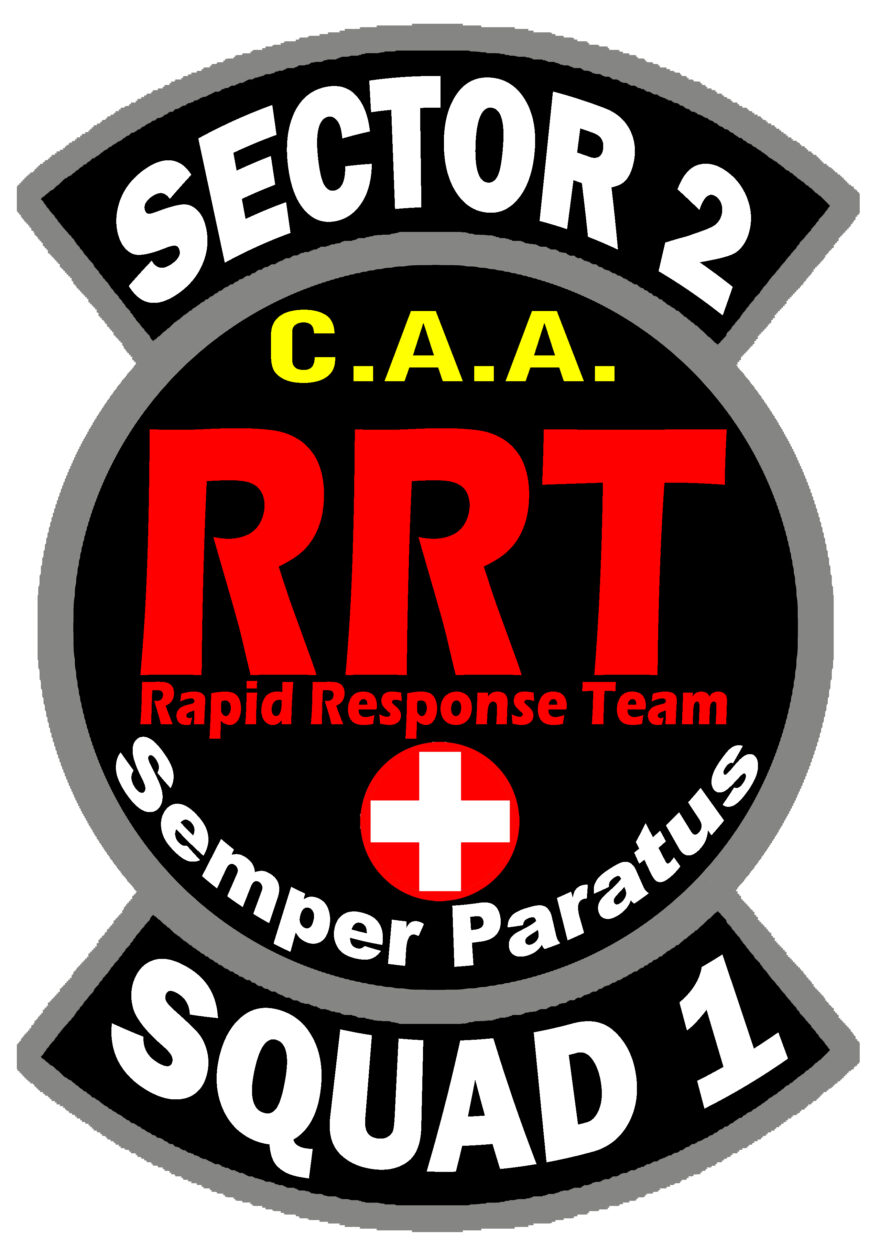
Rapid Response Team Squad 1
RRT Squad 1 is a Rapid Response Team unit whose mission is localized disaster / emergency response and security services based out of Sector 2. The unit is part of Emergency Response Force 1 and consists entirely of Security personnel from United Security Operations and instructors from Training Solutions International. Squad 1 is comprised of both Dedicated and Ad-Hoc elements. RRT personnel that participate with the unit on an Ad-Hoc basis must still participate in the normal activities and requirements of their assigned home unit or role in addition to the requirements associated with being on RRT. Sector 2 RRT units hold the distinction of being the second oldest organized units in the Central Aid Agency. The first RRT unit, RRT-Team 1, was founded in June 2012.
Photo Gallery
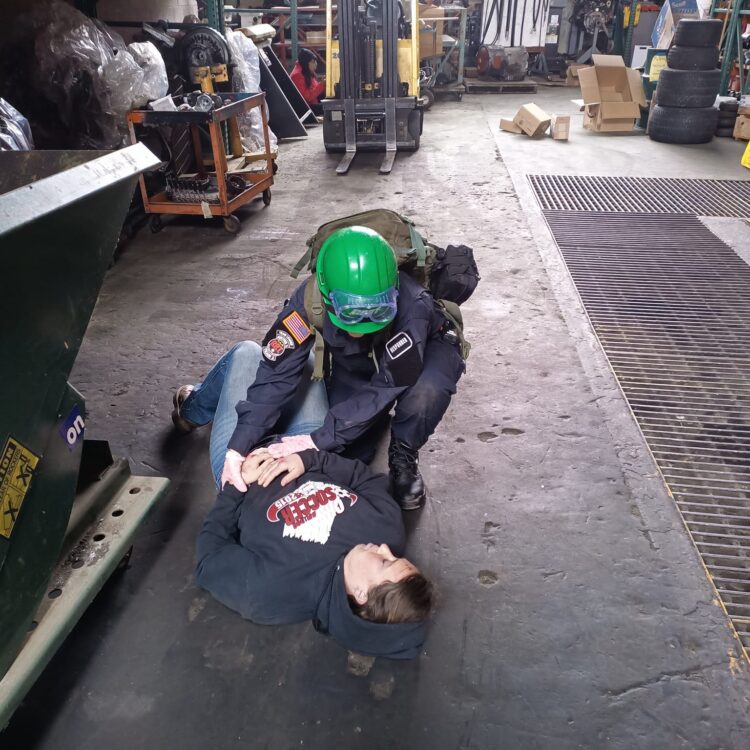
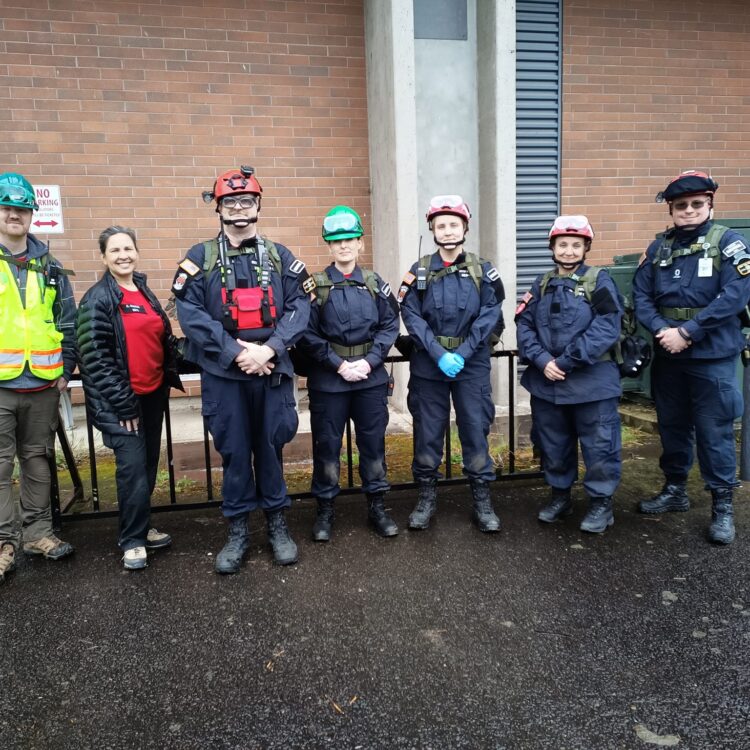
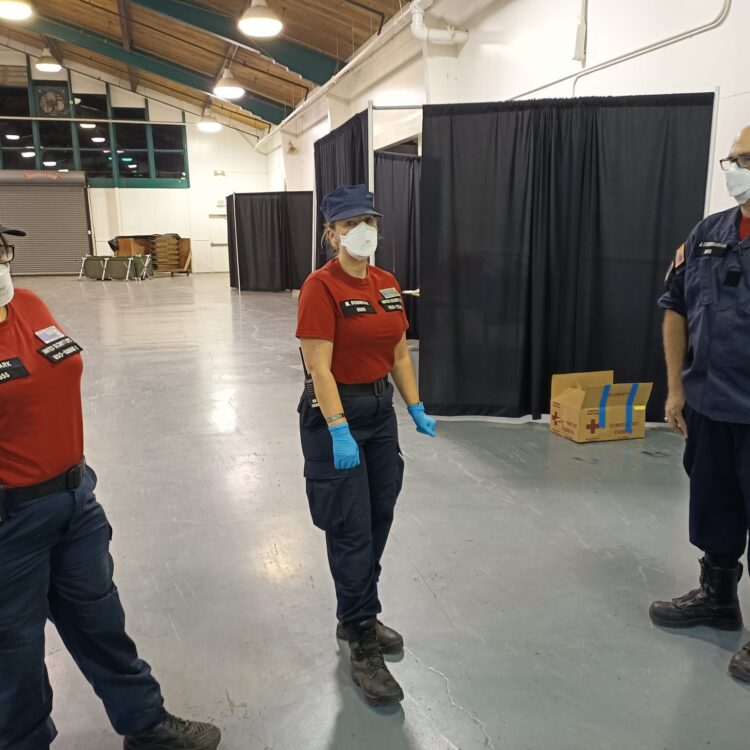
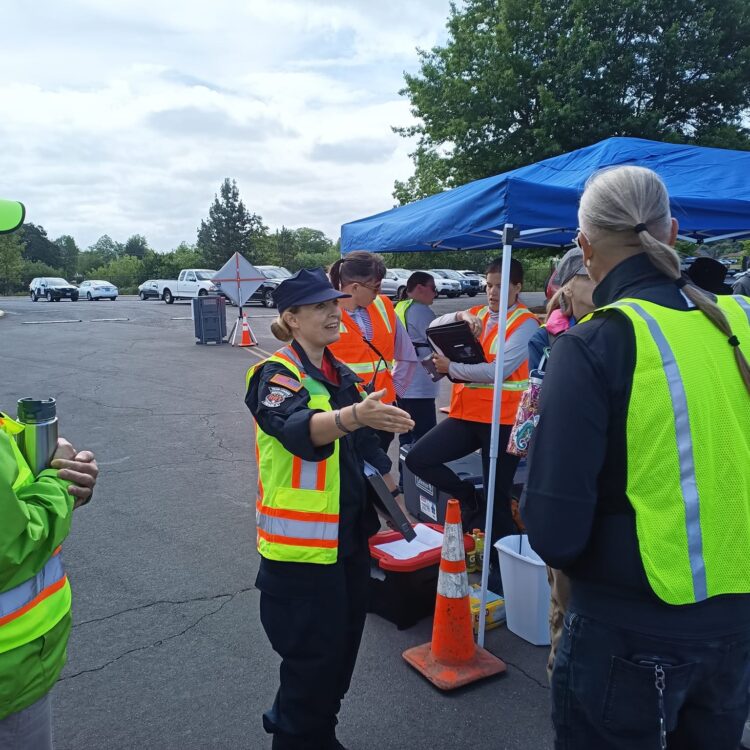
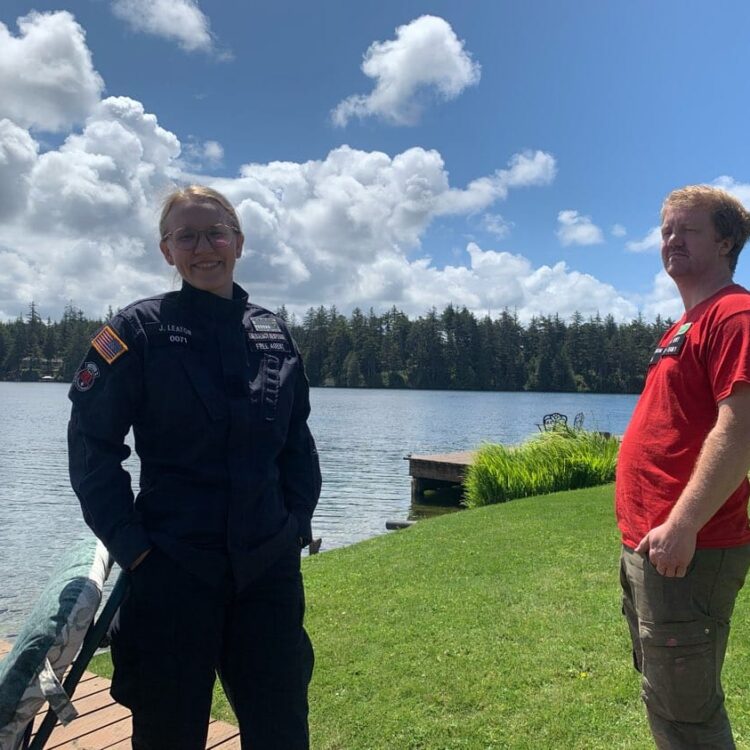
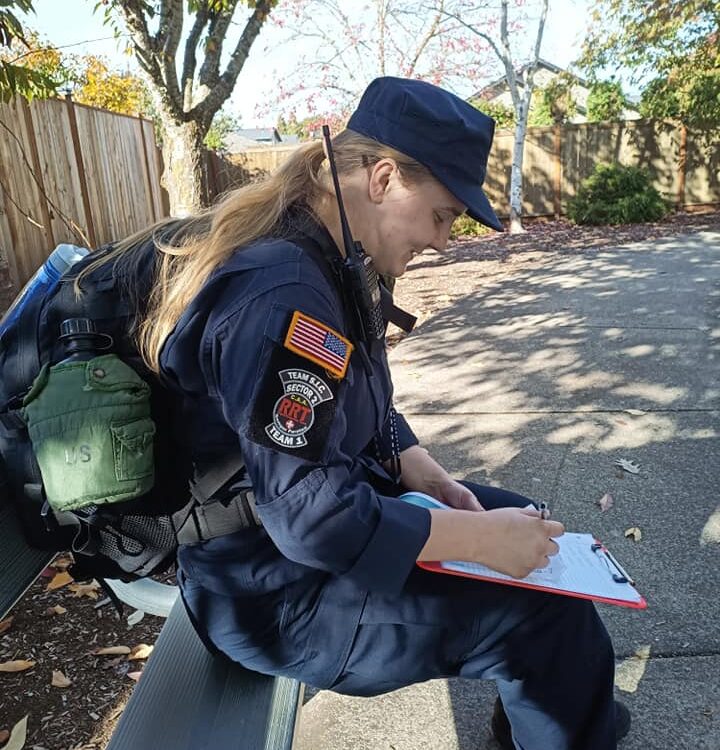
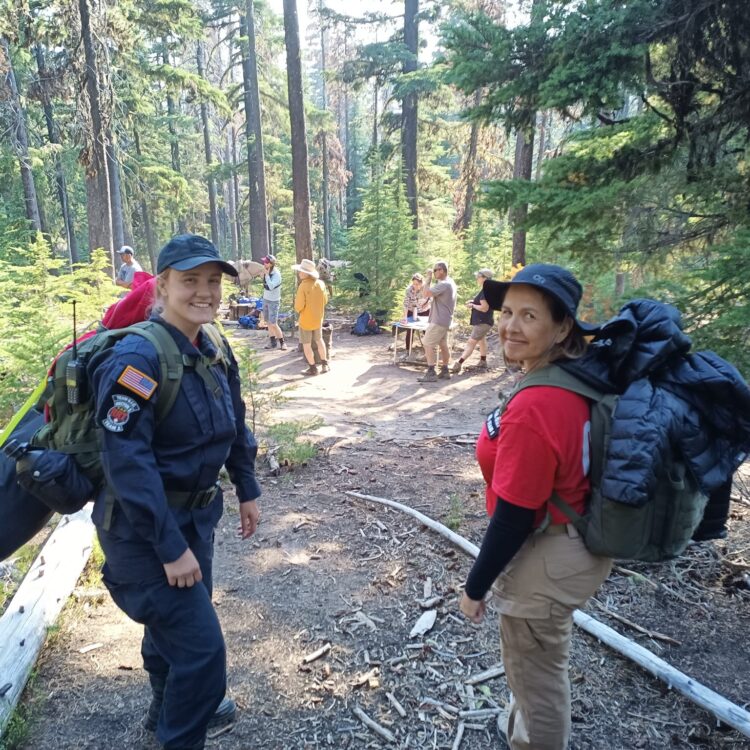
Uniforms of Rapid Response Team
RRT primarily wears uniforms in Navy Blue (Color Type 1, with red T-shirts), but also wears Coyote (Color Type 2) for hot weather and wilderness-focused units. Uniforms commonly worn by RRT include:
Service Dress Uniform Class A
Service Dress Uniform Class B
Responder Garrison Uniform Class C
Responder Utility Uniform Class C
Administrative Uniform with Red Polo and Tan Pants Class C
Field Basic Service Uniform Class E (When participating in Community Service activities)
Physical Training Uniform Class E
Because RRT units are deployable, they require Type 4 or greater hygiene and appearance requirements when in full uniform.
